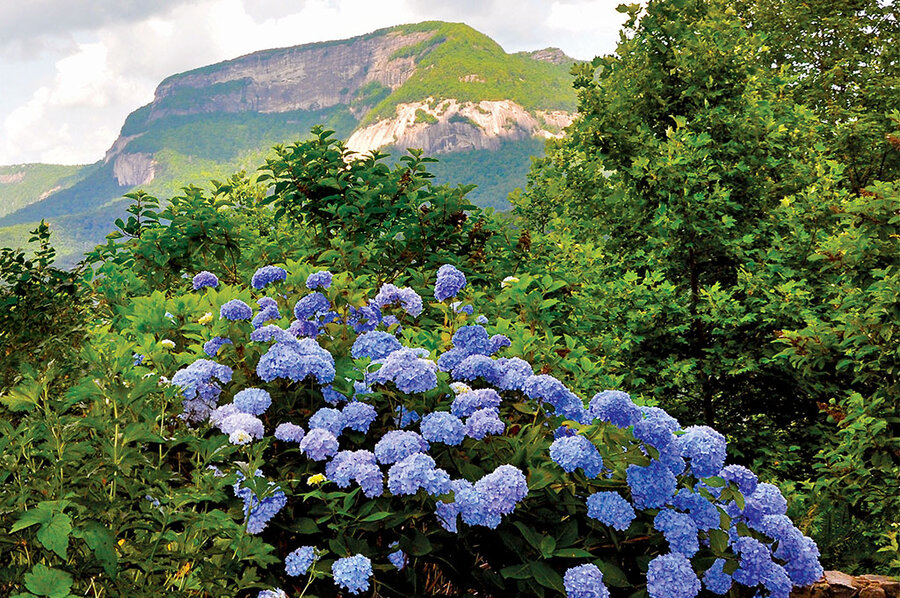Easy-care hydrangeas
Loading...
Colorful, versatile, low maintenance, and long-flowering, hydrangeas have all the qualities you could ask for in a garden shrub.
They aren’t fussy as long as plenty of sun and moisture are available. Pests or diseases don’t plague them for the most part. They’re attractive at virtually every stage, whether in leaf or in bud. And they display extravagant clusters of delicate papery flowers that light up the landscape from June to October, depending on the variety.
The hydrangea family is a relatively small one, with only around 100 species in existence. Until recently, the French hydrangeas, with their bright blue and pink flowers (determined by the pH of the soil), were stalwarts of the midsummer garden.
Then in 2003, a Midwest plant breeder introduced a new repeat-blooming variety, and the hydrangea world was forever transformed.
The bigleaf hydrangea Endless Summer not only produced billowy blossoms from early summer through fall, it was also exceptionally hardy, blooming reliably in Zones 4 through 9.
On the heels of Endless Summer came more tantalizing hydrangea varieties, including the Forever & Ever series, Invincibelle Spirit, and Incrediball.
Forever & Ever hydrangeas bloom on new wood, so if they die back to the ground, they will bloom again the next year.
Invincibelle Spirit is the first arborescens variety to produce pink flowers. It was developed by Tom Ranney, who works at the Mountain Horticultural Center at North Carolina State University, and then-graduate student Richard Olsen.
While hiking through the Blue Ridge one day, Mr. Olsen spied a pink lacecap hydrangea that became an important part of his and Mr. Ranney’s hydrangea breeding program. The eventual result was a spectacular rebloomer that produces eight-inch bright pink flowers for four months or longer.
These newer shrubs are just the beginning. Today, 11 years after Endless Summer arrived on the scene, you can find hydrangeas in an enticing variety of colors and in lacecap and oakleaf shapes as well as the popular mophead. Some hydrangeas, such as the vibrant Glowing Embers, can change colors throughout the growing season.
We didn’t know it at first, but while my husband and I were living in Maryland, boaters going up and down the creek dubbed our place “the hydrangea house.” It’s funny, because I thought of it as a rose cottage. But from the water, those traveling by saw a solid hedge of Nikko Blue blooms all across the back of our white Cape Cod home during the summer.
When we decided to move to the mountains, my husband wanted to try to root some of our beauties to take along. That fall, he selected a few flexible hydrangea branches that were close to the ground and identified a leaf node about six inches from the end of the branch.
He scraped a little bark off the underside of the branch near the node and dusted the area with rooting hormone. He then buried the branch – still attached to the bush – in a two-inch-deep trench, setting a brick on top to keep it buried.
Once roots formed (in about six months), he cut the branch to separate it from the mother bush but left it in the ground for a few more weeks to allow the new plant to grow on its own. The results were amazing. Within two years, the cuttings were four feet tall and covered with blooms.
This method was so successful we didn’t try any other. (You can also plant cuttings in pots.) It proved to be an easy way to propagate one of our favorite low-maintenance shrubs.





